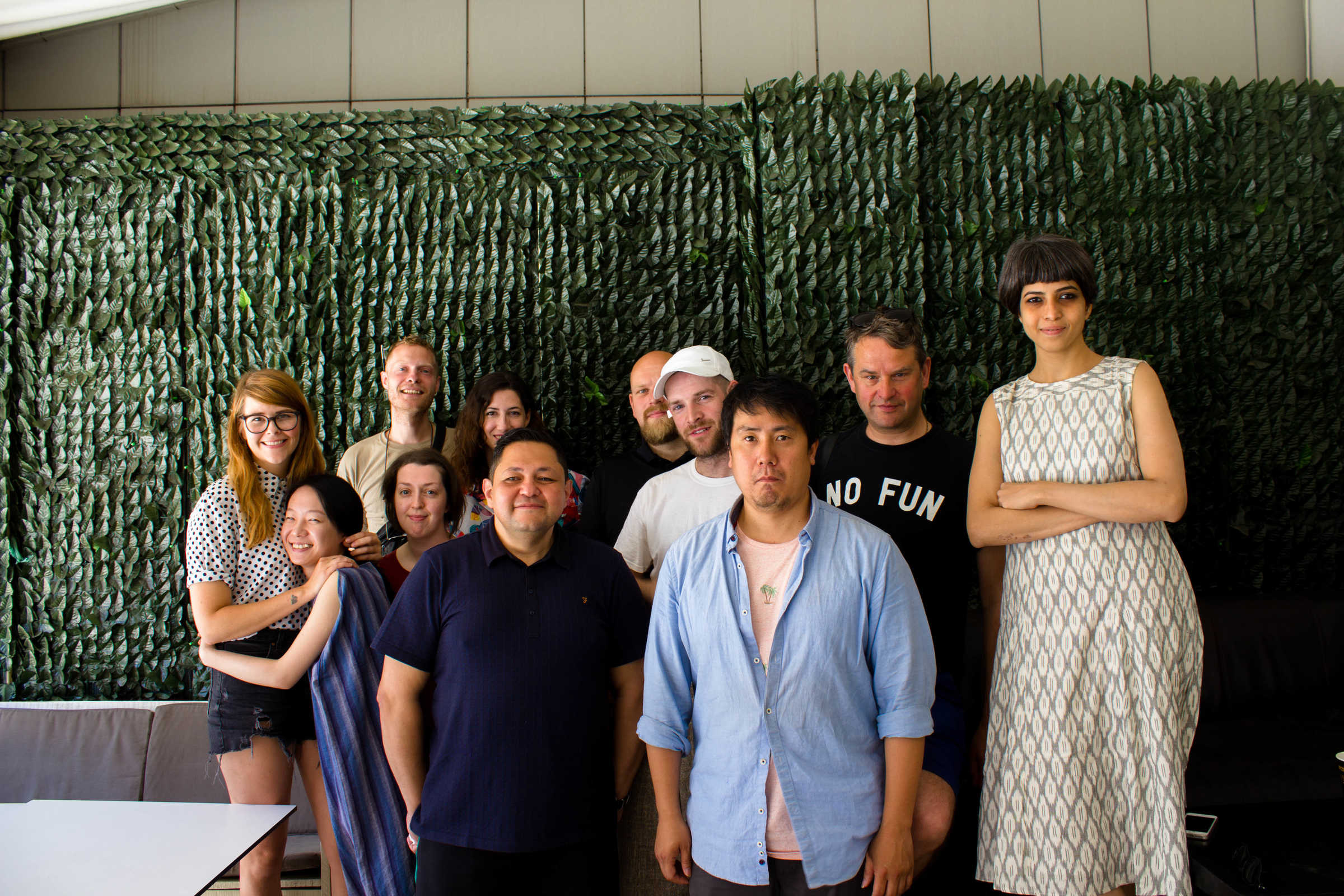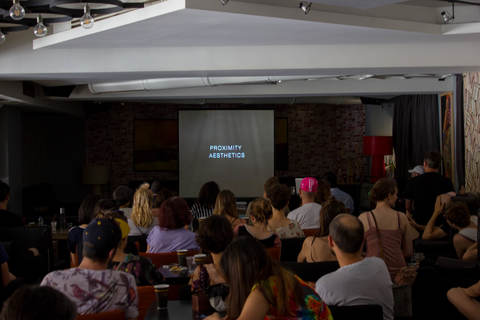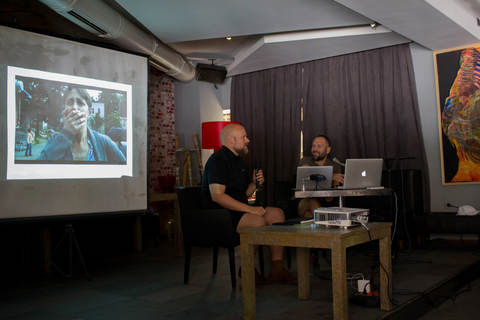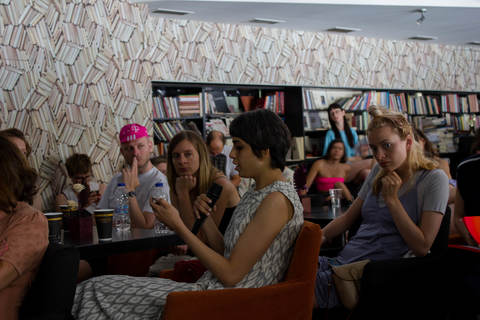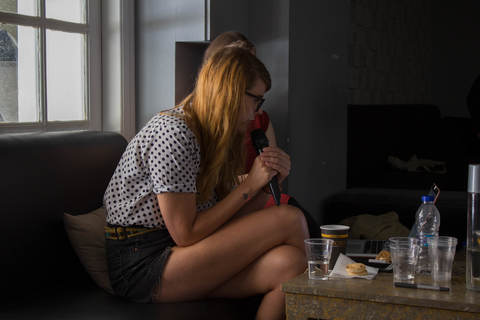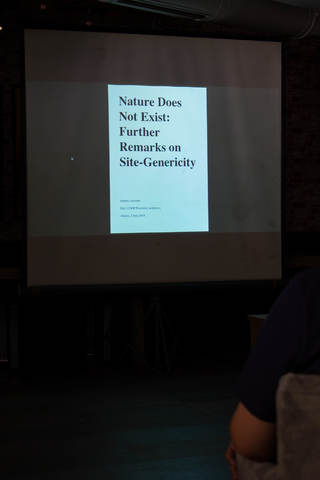2017-2018 COOP study group: Proximity Aesthetics: Constructing New Ecologies of Practice ~ Bassam El Baroni, Diakron, Luke Pendrell ~
Students: Bethany Crawford, Vinita Gatne, Sunghoon Kim, Olga Micińska, Sofia Montenegro, Edel O’Reilly, Floris Visser, Duruo Wang, Ciarán Wood.
PROXIMITY AESTHETICS: FINAL RESEARCH OUTCOME AS PRESENTED AT COOP SUMMIT 2018: the website
Proximity Aesthetics: Constructing New Ecologies of Practice
This statement is under construction and formulating it over the next few months (to be released in June, 2018) is part of the study group’s dialogical methodology. Broadly speaking, this group led by Diakron, Bassam El Baroni and Luke Pendrell will focus on the issue of how to reconfigure ‘artistic research’ and practice and the many questions that arise from it. This will be approached by considering, testing and evaluating a range of strategies - both historical and speculative - that artists have attempted or might consider in order to change the terms of engagement and reconfigure both art and the societies it inhabits, but does not always engage with. How can we transform artistic research into contributory research? Can we connect and embed artistic practices into specific fields in new ways that understand the concerns and issues around traditional forms of socially engaged art practice and seek to transform them? Can artists utilise the structures and institutions they inhabit but in a way that would realistically deploy the structures to a different end? How might all this be understood as a question of proximity?
The types of research and practice we are interested in are not solely concerned with studying or looking at socio-technical change, but with the active intervention and causation of change processes. Having said that, a scanning and mapping of the conditions of possibility for such a venture is always necessary. And with this comes an interest in unpacking our relationship and proximity to neo-liberalism, institutions, financialisation, and new technologies. We will consider the epistemology of contemporary Aesthetics. The motivations and purpose of artists and the institutions they emerge from or inhabit. Contemporary research and practice in the global digital world is fluid, volatile, multi-valent, have art and artists kept up? Do we have any real traction in this intense state of ferment, or have we been left behind, grubbing for grant money, posting to our instagram feeds, touting for the small change of big finance? In terms of proximity, where are we culturally? What are we close to, removed from? Connected to? Engaged with? Compromised by?
From a related angle, we will explore questions around the possibility and plausibility of seeking to exit (often mistakenly understood as escape) contemporary art or whether it is possible to transform it (or if it always inevitably succeeds in transforming us). Can we develop a healthier and more diversified ecology of art-related organisations that would enable artists to perform their skills, competencies and capacities in ways different to the current predominant organisational outlook where the artwork still reigns supreme as valuation mechanism? We will look at the conceptual and structural hurdles that meet these ventures and open up to counter arguments. The Proximity Aesthetics study group will be working towards launching an online platform that will emerge out of these debates, close-readings, excursions, and discussions. It will be based on thinking through this terrain of proximity together. Arnhem’s own Werkplaats Typografie will be our partners in developing this platform.

